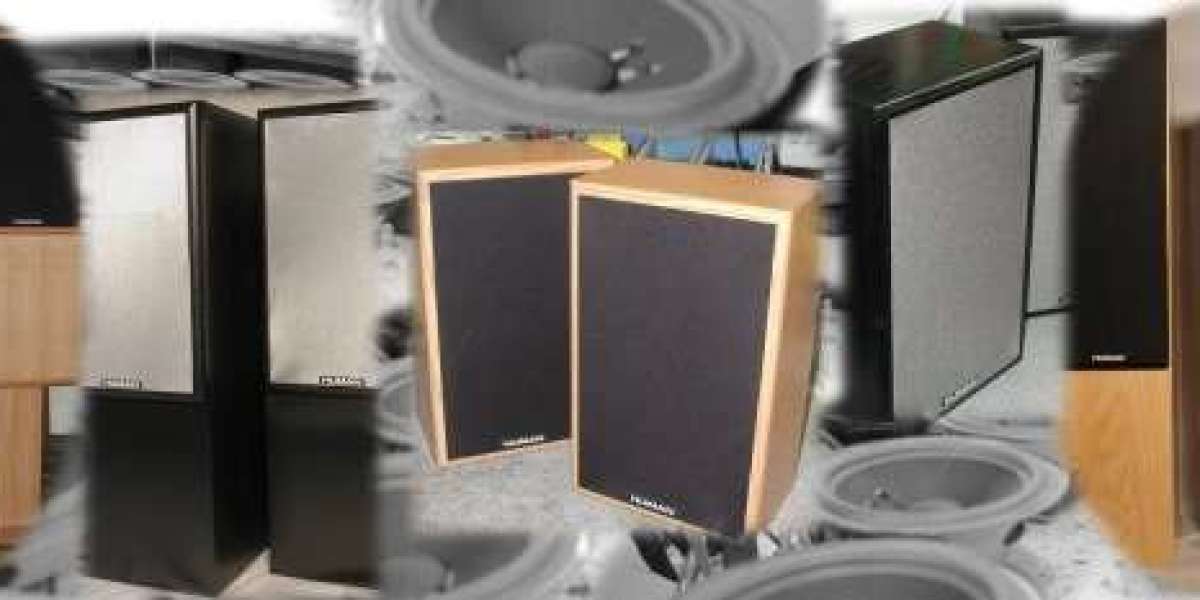Just like choosing between wireless vs wired Android Auto depends on your priorities (convenience vs reliability), selecting between tight bass and boomy bass is all about matching your setup to your listening style. In this guide, we'll explore the difference between the two, how to achieve each sound profile, and what tuning techniques help you get there.
? What’s the Difference Between Tight Bass and Boomy Bass?
? Tight Bass:
Defined, punchy, and accurate
Delivers quick response with minimal resonance
Ideal for genres like rock, jazz, classical, and acoustic
Sounds controlled, not overpowering
? Boomy Bass:
Louder, more extended, and reverberant
Fills the cabin with deep rumble
Popular for hip-hop, EDM, trap, and bass-heavy tracks
Often more impressive on the surface—but less detailed
Both can sound great when properly implemented. The key is intention and balance.
? What Affects Bass Tightness or Boominess?
Your bass response is influenced by several factors, including:
1. Subwoofer Enclosure Type
| Enclosure | Tuning Characteristic |
|---|---|
| Sealed Box | Tighter, faster bass |
| Ported Box | Louder, deeper, boomier |
| Bandpass | Max output in a narrow range |
A sealed enclosure is your best bet for tight, accurate bass. Ported or vented boxes allow more air movement, which boosts volume but may introduce ringing or overhang.
2. Crossover and Subsonic Filter Settings
High crossover = more low-mid content = boomier feel
Proper low-pass filtering = cleaner response
A subsonic filter (for ported boxes) prevents the driver from dipping into frequencies it can’t reproduce cleanly
3. Gain and Bass Boost
Overusing bass boost can cause muddiness and distortion
Gain matching with your mids/highs is key to system clarity
4. Speaker Placement
Subwoofer location inside your vehicle affects cabin gain and phase alignment.
Rear-facing in trunks often delivers more boom
Forward-firing in sealed enclosures feels tighter and more directional
? Tuning for Tight Bass
Want punchy bass that hits clean and fast? Follow these tips:
✅ Use a Sealed Enclosure
A sealed box limits cone movement, improving control and reducing boom. It also promotes a flatter frequency response, giving your bass a more musical tone.
✅ Set Crossover Correctly
Set LPF (Low-Pass Filter) around 70–90Hz
Avoid overlapping with your mids; it helps eliminate muddiness
✅ Keep Gain Under Control
Set your amplifier gain using an SMD DD-1 or similar tool
Avoid pushing your sub into distortion for "fake" loudness
✅ Use Time Alignment (DSP Optional)
If you’re running a DSP or head unit with time delay, dial in the sub to align with your front-stage. It creates the illusion that the bass is coming from in front of you—not the trunk.
? Tuning for Boomy Bass
Looking for deep, rumbling low-end that turns heads? Here’s how to achieve it:
✅ Go Ported
Choose a ported enclosure tuned around 32–38Hz. It allows more output and emphasizes the subsonic range.
✅ Boost Lower Frequencies
If you know your sub can handle it, add a gentle bass boost at the box’s tuning frequency (often 35Hz).
✅ Loosen the LPF
Setting the low-pass filter slightly higher (90–120Hz) can increase boom, though it may muddy things if not carefully balanced.
✅ Consider Cabin Gain
Placement near walls (like corner-loading in a trunk) amplifies lower frequencies naturally. Use this to your advantage.
? Tight vs Boomy in the Real World
Choosing between tight and boomy bass isn’t about what’s "better"—it’s about what sounds right to you. A jazz enthusiast and a basshead won’t tune their systems the same way.
Think of it like choosing between wireless vs wired Android Auto:
Wireless offers convenience, less clutter, and modern appeal
Wired often brings better stability and faster data transmission
Both work—it just depends on your goals.
The same applies to bass. Some users want clean kicks and defined low-end that matches their mids. Others want to feel their music in their chest with every beat.
? Pro Tuning Tips
Use test tones and pink noise during setup for accurate EQ
Don’t chase loudness at the cost of clarity
Use a bass restoration processor only when necessary, and set conservatively
When using a DSP, adjust Q factor for sharp or wide bass EQ boosts
?️ Build Examples
Example 1: Tight Bass Setup
Sub: 10" sealed subwoofer
Amp: Clean Class D mono amp (matched RMS)
Crossover: 80Hz LPF
Box: 0.8 cu ft sealed enclosure
Result: Sharp, punchy, accurate lows with minimal boom
Example 2: Boomy Bass Setup
Sub: 12" or 15" ported subwoofer
Amp: High-output mono block with headroom
Crossover: 100Hz LPF with slight boost at 35Hz
Box: Ported, tuned to 33Hz
Result: Deep, rolling bass that’s louder and more forceful
? Final Thoughts
Tight bass vs boomy bass isn’t just about hardware—it’s about how you tune and build around your subwoofer. Every component in your signal chain, from box design to amplifier settings, affects how the low-end behaves.
If you want quick, responsive sound that complements vocals and instruments, go tight. If you want bass you can feel from blocks away, go boomy. And like the ongoing debate around wireless vs wired Android Auto, both approaches offer value—just for different reasons.
Ultimately, a great system isn’t about volume or brand—it’s about delivering your kind of sound, the way you want to experience it.






